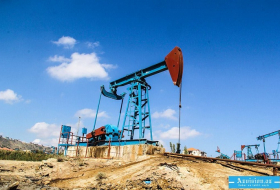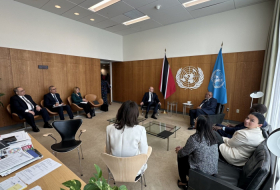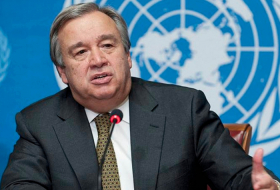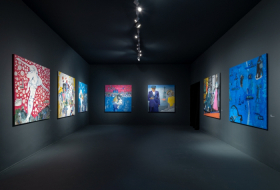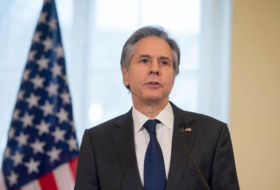But many had already left after some of them allowed the partial reopening of a key highway next to the campus, blocked by protest debris, suggesting differences of opinion in a movement which has been largely leaderless in more than five months of sometimes violent unrest.
That decision was debated by students later in the day and they started blocking the road again, leading to further chaos during the Friday night rush-hour.
The hilly campus was the scene of clashes this week, with pro-democracy protesters hurling petrol bombs at police and on to the Tolo highway linking the largely rural New Territories with the Kowloon peninsula to the south and Hong Kong island beyond.
The highway partially reopened on Friday, but the Cross-Harbour Tunnel, outside the barricaded Polytechnic University where protesters have practised firing bows and arrows and throwing petrol bombs in a half-empty swimming pool, remained closed.
“I am disappointed about the decision to reopen the Tolo highway and it’s not our consensus,” one student who gave his name as Cheung, 18, told Reuters.
“I was asleep when they had closed-door meetings. I was worried and scared after I realized what had happened and most protesters had left. I was worried the police might storm in again because so few people are left. Some protesters from the outside have gone too far.”
Students and protesters have barricaded at least five campuses after four days of some of the worst violence in the former British colony for decades.
Remaining students hunkered down on the bridge over the Tolo highway, black pirate-style freedom flags flying from lookout posts. A few on ladders with binoculars kept watch over the road.
Chinese University president Rocky Tuan said in an open letter that all outsiders must leave.
“Universities are places to study, not to resolve political disputes, or even a battlefield to create weapons and use force,” he said.
“If the university cannot continue to fulfill its basic mission and tasks, we must seek the assistance of relevant government departments to lift the current crisis.”
There were only about 200 protesters there on Friday compared to at least 1,000 two days ago.
One non-student protester, Fung, also 18, said he was also shocked at the decision to allow the highway to reopen.
“We couldn’t stop it. I agree there’s a need for better communication and coordination between CUHK protesters and non-CUHK protesters.”
Demonstrators paralyzed parts of Hong Kong for a fifth day on Friday, forcing schools to close and disrupting transport.
The week has also seen a marked intensification of the violence.
A 70-year-old street cleaner, who had been hit in the head by one of several bricks police said had been thrown by “masked rioters”, died on Thursday. On Monday, police blamed a “rioter” for dousing a man in petrol and setting him on fire. The victim is in critical condition.
On the same day, police shot a protester in the abdomen. He is in stable condition.
“We can no longer can say Hong Kong is a safe city,” Chief Secretary for Administration Matthew Cheung told a briefing.
Police said the Chinese University had been “taken hostage”.
“Rioters’ violence has infiltrated into almost every corner of society and now turned the Chinese University of Hong Kong into a powder keg,” police spokesman Chief Superintendent Tse Chun-chung told a briefing.
Protesters are angry at perceived Chinese meddling in the city since it returned to Beijing rule in 1997 under a “one country, two systems” formula guaranteeing its colonial-era freedoms.
China denies interfering and has blamed Western countries for stirring up trouble.
Police have kept their distance from the campuses for more than two days, saying both sides should cool off, but many observers are afraid of what will happen if and when they move in.
More about:









